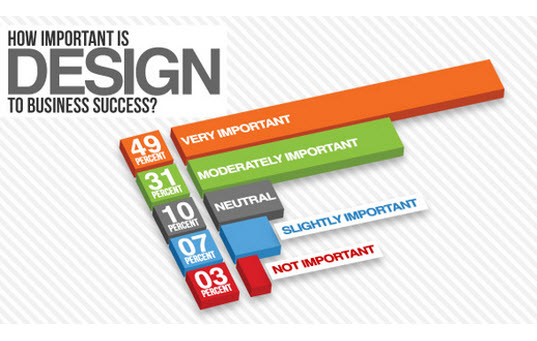Eager To Uncover Exactly How Web Site Style Has Transformed Over Time? Dive Into The Evolution From Simpleness To User-Focused Experiences
Eager To Uncover Exactly How Web Site Style Has Transformed Over Time? Dive Into The Evolution From Simpleness To User-Focused Experiences
Blog Article
Personnel Writer-Pappas Hyldgaard
In the past, internet sites were basic and focused on information. Navigating was straight, and style was for desktops. Currently, individual experience is essential. Information overviews layouts for very easy navigating. Responsive formats match different devices. Today, dark mode reduces strain, and minimalist food selections enhance navigating. Interactive functions involve customers, and strong visuals stand out. AI combination boosts interaction. See how style has advanced to improve your on-line journey.
Early Days of Web Design
In the early days of website design, simplicity preponderated. Websites were basic, with limited shades, fonts, and formats. The focus got on providing information rather than showy visuals. Customers accessed the internet via sluggish dial-up links, so rate and capability were crucial.
Navigating menus were straightforward, commonly situated at the top or side of the page. Web sites were developed for desktop computers, as mobile surfing had not been yet prevalent. Web content was king, and developers focused on easy readability over complex layout aspects.
HTML was the key coding language utilized, and developers needed to work within its constraints. Animations and interactive attributes were marginal contrasted to today's standards. Internet sites were fixed, with little vibrant material or customized user experiences.
Increase of User-Focused Style
With the evolution of web site design, a change towards user-focused style principles has become increasingly popular. Today, developing internet sites that focus on user experience is essential for engaging visitors and attaining business objectives. User-focused design involves understanding the demands, choices, and actions of your target audience to tailor the web site's layout, web content, and features accordingly.
Designers now conduct comprehensive research study, such as customer surveys and use screening, to gather understandings and comments straight from users. This data-driven technique assists in developing instinctive navigating, clear calls-to-action, and visually attractive user interfaces that resonate with visitors. By positioning the individual at the facility of the style process, sites can deliver a more personalized and delightful experience.
Responsive layout has additionally become a vital element of user-focused design, making sure that internet sites are enhanced for various tools and screen dimensions. This flexibility boosts accessibility and functionality, catering to the diverse means users interact with sites today. Essentially, the rise of user-focused design symbolizes a change in the direction of creating digital experiences that prioritize the needs and expectations of the end user.
Modern Trends in Web Design
Check out the current patterns forming website design today. One popular pattern is dark setting design, supplying a streamlined and contemporary look while decreasing eye stress in low-light atmospheres. visit the up coming website is minimalist navigation, streamlining menus and boosting individual experience by concentrating on essential elements. Including micro-interactions, such as computer animated switches or scrolling results, can develop a much more appealing and interactive website. Responsive layout continues to be important, ensuring smooth user experiences across various gadgets. Furthermore, utilizing vibrant typography and unbalanced formats can include aesthetic interest and accentuate particular web content.
Incorporating AI modern technology, like chatbots for client assistance or customized suggestions, improves customer engagement and enhances processes. Accessibility has likewise become a significant pattern, with designers prioritizing inclusive design practices to accommodate varied individual requirements. Accepting sustainability by enhancing site performance for rate and efficiency is another arising trend in web design. Collaborating with customer responses and data analytics to iterate and enhance design continually is crucial for remaining pertinent in the ever-evolving digital landscape. By accepting these modern fads, you can create an aesthetically enticing, easy to use site that resonates with your target market.
Verdict
As you assess the evolution of internet site style from the very early days to currently, you can see just how user-focused style has actually ended up being the driving pressure behind modern fads.
Accept the trip of modification and adaptation in web design, always maintaining the customer experience at the leading edge.
Tippingpointdigital
Remain present with the latest trends and innovations, and never quit developing your approach to produce aesthetically stunning and user-friendly websites.
Evolve, adapt, and create - the future of website design remains in your hands.
